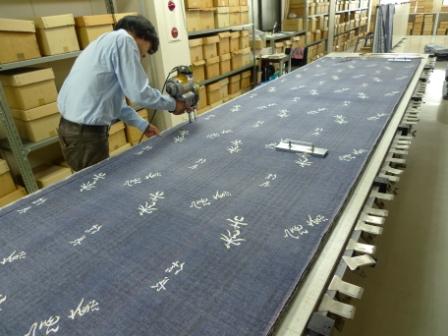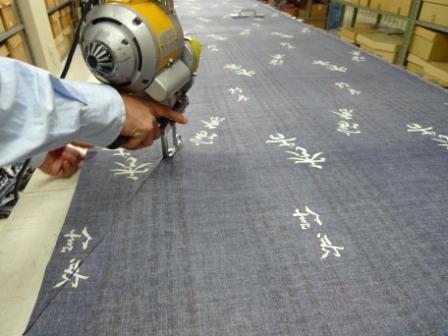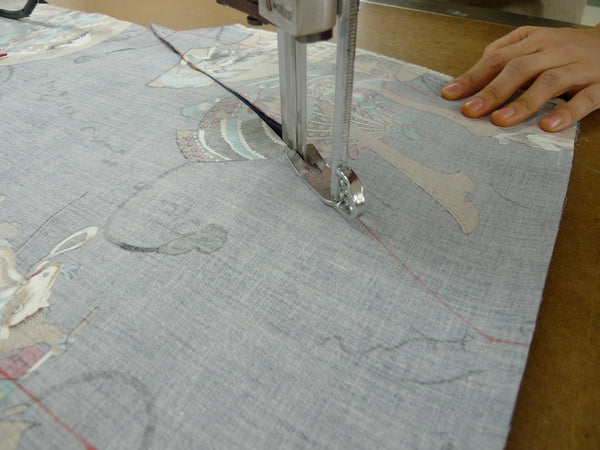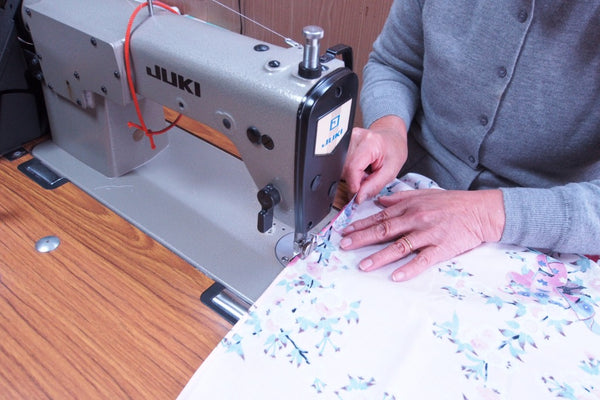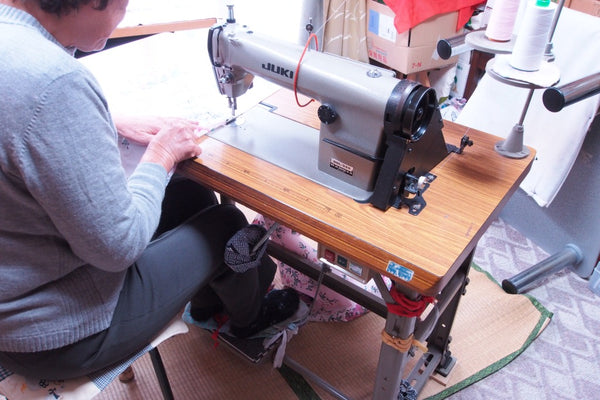How to make a kimono
Ever wondered how a Kimono is made?
In researching my business, I was really interested in and naturally very concerned with the making process. Having been in the corporate customer journey arena for 20 years, I knew that if the product wasn't right, I'd be answering all matter of complaints! Not where I wanted to be spending my time.... but also, I wanted a product that I could stand by from an ethics and values perspective.
I wanted to ensure that all of our pieces were carefully crafted by a long-standing handmade tradition, with premium quality materials, minimal waste and ethical work and employment practices. Now I thought that was a list of requirements that I might have to compromise on, at least one? Surely? But not so. Our maker didn't only fit the bill with all of these requirements, but they offered so much more.
Reading on, you will see what I unearthed. A beautiful, paired back process which is not only practical and efficient, but beautiful as well. It celebrates just how a traditional Japanese kimono is made, and unless we care and are curious, these kinds of amazing crafts go unnoticed, and therefore underappreciated. These are the Kimonos we use for our kimono outfits, kimono fashion, dressing gowns, beach cover ups and wedding gifts. Even though this article talks about kimono dressing gowns from Beautiful Robes perspective, it is a good description of how any Japanese kimono is made.
Beautiful Robes Kimonos are 100% handmade from start to finish - beginning with the dying, cutting, sewing, folding and quality checking process. We follow traditional processes that have been in existence for millennia, with skilled craftspeople who have trained in these ancient arts.
Symbolic of the styles and patterns seen on significant Japanese artworks, all patterns are designed by our kimono maker in Kyoto, Japan. And traditionally, kimonos are heavily decorated and can be quite exciting to look at.
Created into a 'Tan', this length and breadth of textile is necessary to Kimono creation, minimising waste and maximising the repeat of the pattern on the textile. One kimono uses a whole tan in its creation.
Once the raw creamy-white silk or cotton textile is woven, it is then dyed in small quantities and rolled into a tan bolt for cutting. The cutting of the kimono pieces is performed centrally on a traditional table, large in its length, for efficient and accurate cutting of the beautiful fabrics. Many of our artisans make our kimonos from their homes, so they do not have the space to lay the fabrics out to accurately perform this cutting process themselves. The sleeves, front and back panels, lapels and sash pieces are then delivered to our artisans for sewing.
Every kimono is created as a complete piece, making the kimono an extension of the maker herself. Our artisans work both in small sewing spaces, or from their homes. They are paid generously per unit created and many have been making kimonos for decades.
Due to this handmade process, there are some very minor variations in the product, meaning every piece is one-of-a-kind. Love, passion, culture and experience is poured into each piece.
Beautiful Robes kimono makers and their families all have a great sense of pride in what they do. This pride is sewn into the fabric of our kimonos, and gifted to the new owner of a handmade kimono, who has a great story behind the new edition to their wardrobe. Your Beautiful Robes Kimono robe will last decades. A piece to treasure, and we thank every single one of our makers for touching us with beauty in their craft every day.
Lets buy ethically and ensure our hard earned dollars are being reinvested in long-standing crafts, with history and upstanding values.
